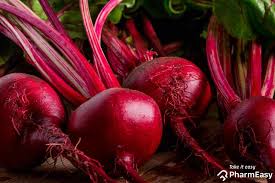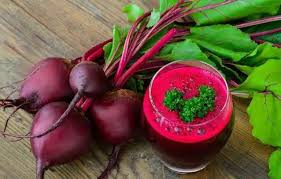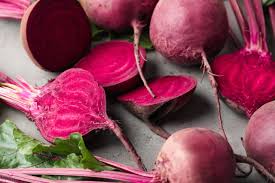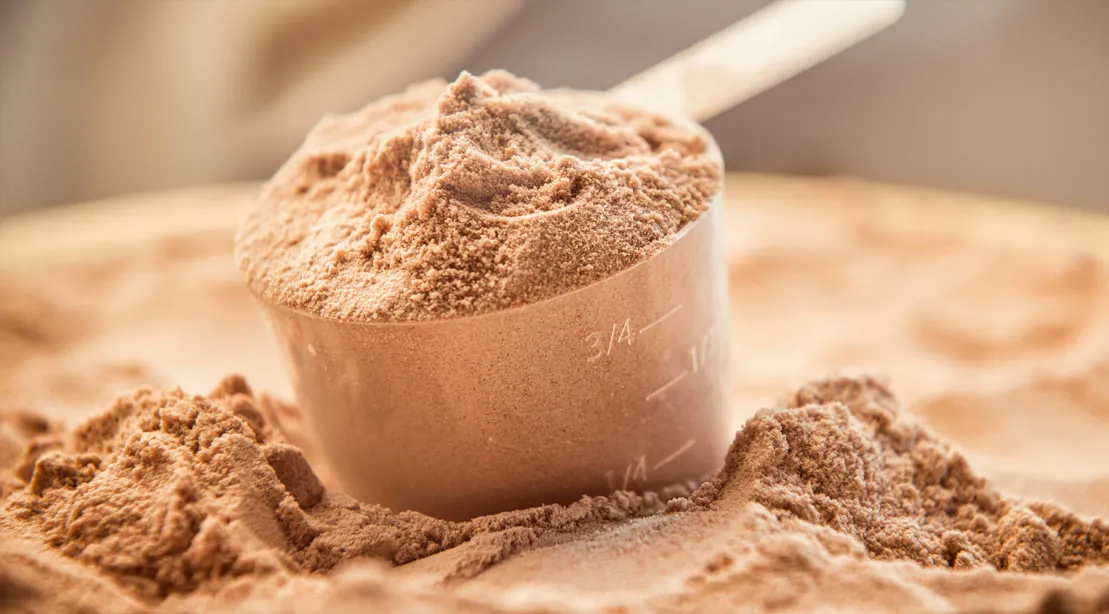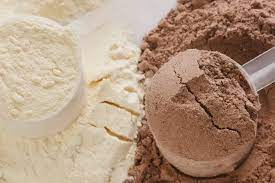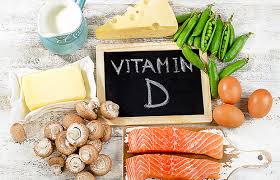In recent years, terrace gardening has gained popularity as an accessible and rewarding way to connect with nature while maximizing urban spaces. Whether you’re a novice or a seasoned gardener, transforming your terrace into a green oasis can be a fulfilling and enjoyable endeavor. This guide aims to equip beginners with essential knowledge and practical tips to successfully embark on their terrace gardening journey.
Read more about Custom Shed for Your Garden
Contents
Guide to Terrace Gardening:
Understanding Your Space
The first step in terrace gardening is understanding your space. Assess factors like sunlight exposure, wind patterns, and available space for containers or raised beds. South-facing terraces typically receive the most sunlight, ideal for sun-loving plants like tomatoes and peppers. If your terrace is windy, consider installing windbreaks or choosing sturdy plants that can withstand gusts.

Choosing Plants
Selecting the right plants is crucial for a thriving terrace garden. Begin with easy-to-grow varieties such as herbs (basil, mint, parsley), salad greens (lettuce, spinach), and compact vegetables (cherry tomatoes, bell peppers). Ensure plants chosen to match your climate zone and sunlight conditions for optimal growth. Herbs are particularly forgiving and can be grown in small pots or hanging baskets.
Containers and Soil
Terrace gardening relies on containers or raised beds filled with nutrient-rich soil. Use containers of varying sizes but ensure they have drainage holes to prevent waterlogging. Lightweight materials like plastic or fiberglass are practical for maneuvering and reduce strain on your terrace’s structure. Opt for a high-quality potting mix that retains moisture while allowing adequate drainage.
Watering and Maintenance
Effective watering is essential for terrace gardens. Containers tend to dry out faster than garden beds, so check soil moisture regularly, especially during hot weather. Invest in a watering can with a narrow spout for precise watering directly at the plant’s base to avoid splashing soil and foliage. Consider installing a drip irrigation system for larger setups to ensure consistent moisture levels.
Pest Control and Disease Management
Monitor plants regularly for pests such as aphids, spider mites, or caterpillars. Handpick larger pests or use organic insecticidal soap solutions for smaller infestations. Neem oil is effective against a wide range of pests and fungal diseases while being safe for edible plants. Maintaining good air circulation around plants reduces the risk of fungal infections.
Seasonal Care and Crop Rotation
Terrace gardens benefit from seasonal care and crop rotation to maintain soil fertility and prevent pest buildup. Rotate crops annually to different containers or areas of the terrace to minimize nutrient depletion and soil-borne diseases. Consider planting cover crops like clover or mustard during the off-season to enrich soil nutrients naturally.
Vertical Gardening and Space Optimization
Maximize vertical space on your terrace with trellises, hanging baskets, or vertical planters. Vining plants such as cucumbers, beans, or peas thrive when given support and can free up valuable ground space for other crops. Herbs like thyme and oregano are excellent candidates for hanging baskets, adding visual interest while keeping them within easy reach for culinary use.

Harvesting and Enjoying Your Yield
One of the most rewarding aspects of terrace gardening is harvesting fresh produce. Harvest herbs regularly to encourage new growth and prevent plants from becoming leggy. Vegetables like tomatoes and peppers are best picked when fully ripe for optimal flavor. Enjoy the fruits of your labor in salads, stir-fries, or as fresh snacks straight from the terrace garden.
Conclusion
Terrace gardening is a delightful way to cultivate greenery and produce in urban environments, regardless of space limitations. With careful planning, appropriate plant selection, and consistent care, even beginners can create thriving gardens on their terraces. Embrace the learning journey, experiment with different plants, and savor the joy of growing your own food and flowers amidst the urban hustle. Start small, learn from experience, and soon you’ll be reaping the rewards of a flourishing terrace garden.
Remember, terrace gardening is not just about growing plants—it’s about nurturing a connection with nature and enjoying the tranquility and beauty it brings to your urban lifestyle.
Happy gardening!



